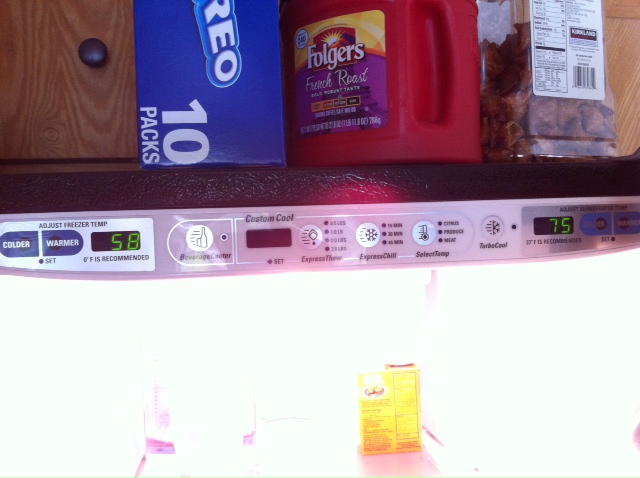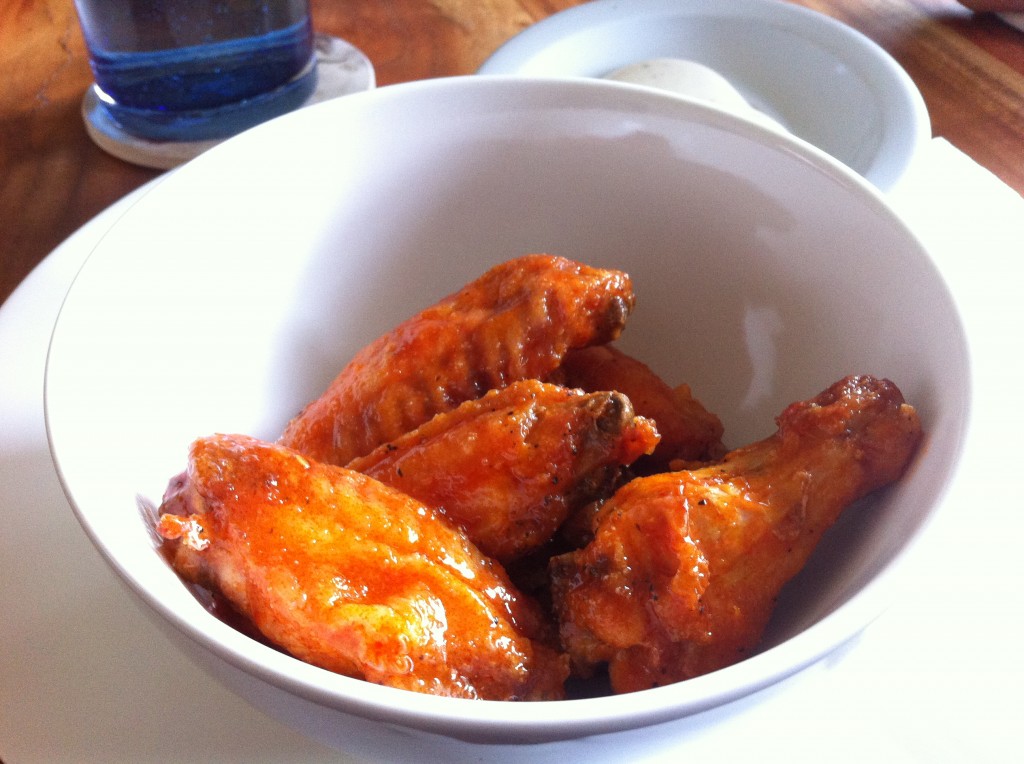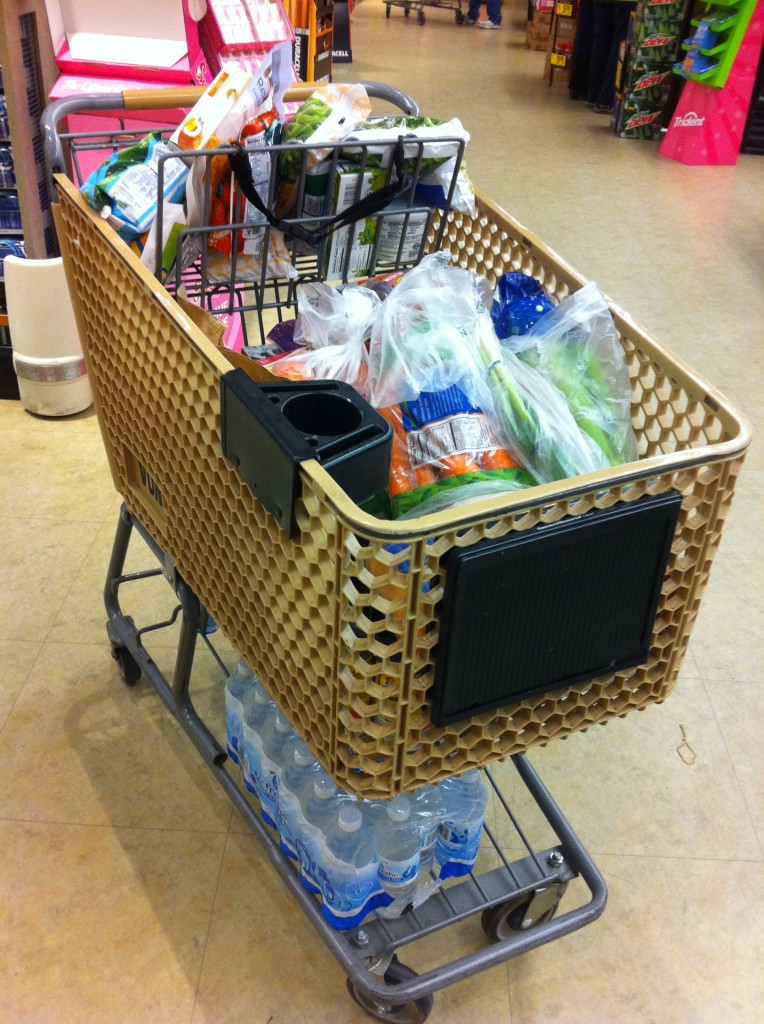Over the past six months or so, we’ve noticed that our kitchen refrigerator has been having issues with staying at the right temperature. It would stay ok for a while, then one day decide it wanted the fridge part to be at, say, 59 degrees, and the freezer part to be at, say, 30 degrees.
This doesn’t make for a very frozen freezer or frigid fridge. Nope, it makes for a lot of spoiled food… and milk that goes bad just a few days after bringing it home.
Luckily, there’s a “turbo cool” button on our fridge… sort of like what I lovingly referred to as the “turbo boost” button on my old Hyundai Accent that would give it a little extra boost when it was struggling climbing a hill.
The “turbo boost” worked for a while, but last week we noticed that it wasn’t really doing much in terms of helping cool the fridge anymore. And the freezer started oozing different shades of colored watery melty grossness. So we moved all the perishable items out of the fridge (left the stuff like soy sauce, ketchup, and raisins) into our beer fridge in the garage. (Yes, we have a beer fridge. We’re not quite grown-ups yet. ;P )
And then we noticed this:
Yup, that’s right. Our freezer was at 58 degrees F, and the fridge was at a hot 75. I’m pretty sure it was warmer in our fridge than it was in our house.
We called the freezer contents a total loss – which was sad because I had so many good things in there! Frozen produce from last summer’s harvest, frozen homemade waffles (well, homemade with Bisquick… that counts, right??), homemade chicken stock, and the like. But, it was a total loss. The frozen tomatoes were mushy and watery, something had melted and leaked all over the rest of the stuff in the freezer, the waffles were soggy, and I sure wouldn’t trust tepid chicken stock.
Of course we left all the now-thawed stuff in the freezer until I had the energy to deal with it. Which meant several days of gooey ooziness leaking from the freezer. Which we sopped up with strategically-placed rag towels. Let’s just say we did a lot of laundry.
In the meantime, we called up the home insurance company to come fix or replace our fridge. I’m SO glad it’s covered by the insurance – it came with the house when we bought it, so was automatically included on the list of covered items.
Last Friday, a repairman came out to work on the fridge. (Luckily for him – and for me – I had emptied out the rest of the freezer and fridge by then, and cleaned up the remaining freezer ooze.)
He worked behind the fridge for a while, and discovered that our <> compressor is broken. He said that he has some replacements in his truck, but none that would fit our model of refrigerator, so he had to get it special ordered. He said he’d be in contact in about ten days.
Luckily we have that beer fridge in the garage!
So for now, we’re living out of a miniature refrigerator in the garage. Not a dorm-type mini-fridge, but one of those small ones that’s about 5′ tall and is commonly found in studio apartments. So yeah, not a whole lot of grocery shopping going on here!
We got a call this morning from someone involved in the part-ordering process. I’m not sure exactly who it was or where they were calling from, since my husband answered the phone call, which came in at 7am when I was determined to keep sleeping and enjoying the odd dream I was having (which I don’t remember anymore, unfortunately!). He said that they’re trying to locate a replacement part. Trying to locate.
If they can’t fix the fridge, we get a new one! I’m kind of hoping that they can’t fix it, so we can pick out a brand-spanking-new fridge. And I have my eye on the same one that we bought shortly before we sold our old home, with double doors up top and a slide out freezer on bottom. In stainless steel, of course. Ooooooh, yeah!
My fingers are crossed that we’d get a large enough allowance on a new fridge to afford the fancy-schmancy one I’m pining for! Our current (broken) fridge is a nice one, stainless steel and looks pretty fancy, so I’d hope we’d get enough to at least cover replacement with the exact same model.
Stay tuned for an update or several on the fridge front…



